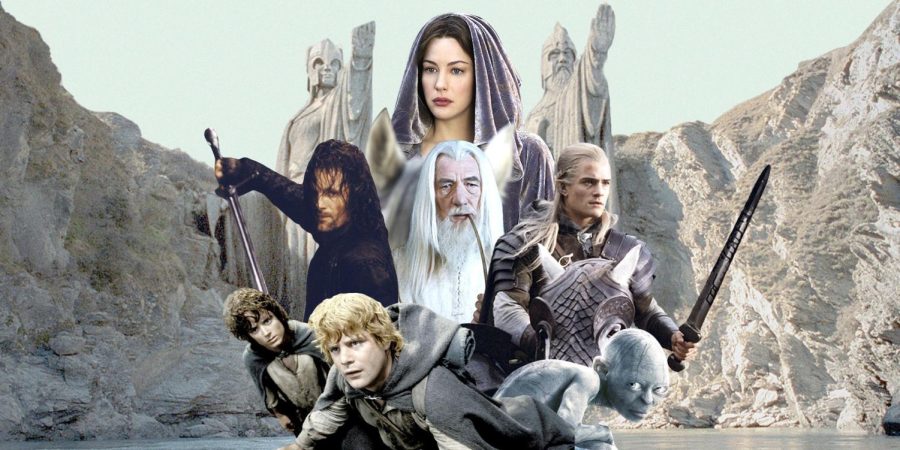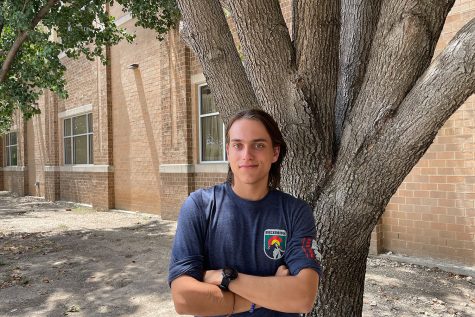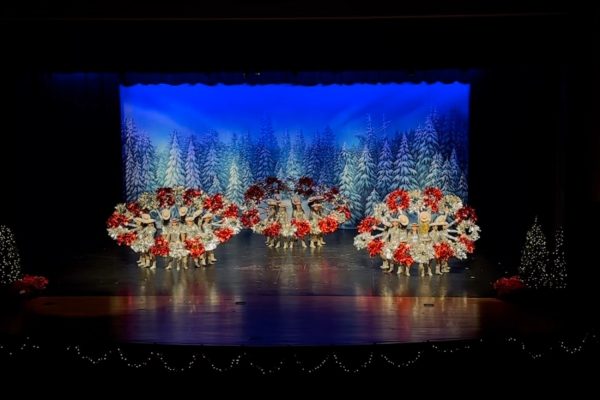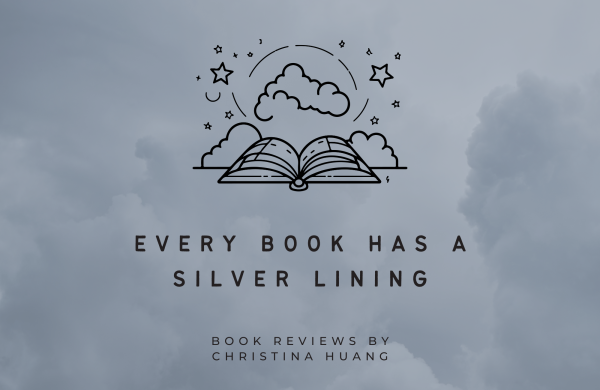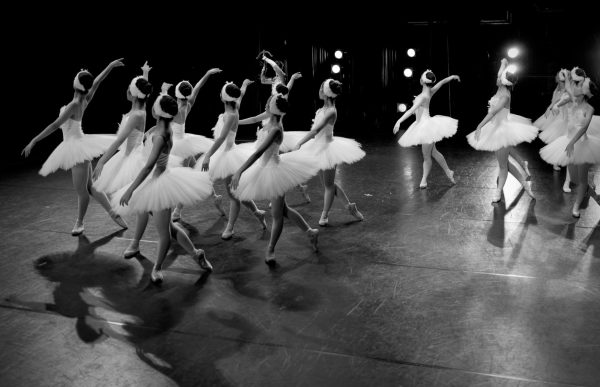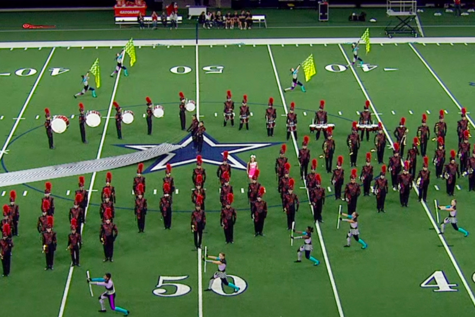It’s decided, quality over quantity
Lord of the Rings: Extended Edition v. Theatrical Edition (part two)
In this week’s edition of Cinema Summaries, Andrew takes a second look at Lord of the Rings: extended edition.
January 19, 2022
The debate whether the theatrical or extended editions of The Lord of the Rings is the better viewing experience is ongoing and will likely remain that way. However, after completing both trilogies for myself, I can now offer my complete perspective, beyond the first film, which I have previously reviewed.
Starting with the extended edition of The Two Towers, the film mainly adds scenes and camera angles that extend already existing events of the film, such as the meeting of the Ents, where additional scenes are added to emphasize how long it is taking for the tree-like figures to communicate. However, at the end of the film, one of the biggest changes is seen, also regarding the Ents, who kill the orcs retreating from Helm’s Deep after being defeated by the armies of Rohan and the elves.
Perhaps the biggest change, the film added a long backstory scene which highlighted the relationship between Faramir and his brother Boromir, who died in the climax of the first film, as well as the relation the two had with their father, which initially wasn’t seen until the third film. This change is one of the few to combine concepts between two films, and while not introducing any new concepts, the depth it brings to all three characters is amazing. As a single film, I definitely enjoyed the extended film more.
For the finale, The Return of the King, several changes are made that enhance the film, while some feel awkward to those who did not expect them. The most notable changes take place in the last act of the film. Before The Battle of the Black Gate, the final battle for Middle Earth, Aragorn uses a seeing stone to speak to Sauron to grab his attention away from Frodo, but later in the scene, Sauron shows Aragorn a vision of his love Arwen, creating in Aragorn a moment of weakness almost out of character and jarring.
Another chance occurs immediately before the final battle, as a new character called The Mouth of Sauron reveals to the heroes that Frodo has been killed, presenting to them Frodo’s Mithril shirt. The characters believed that he had been killed, but in actuality, Frodo was captured and his shirt was confiscated, but he managed to escape with help from Sam and was currently on his way to Mt. Doom to destroy the One Ring. In the original film, the characters charged into battle, not expecting to win, but to buy Frodo time. However in the extended, the characters charge into battle to avenge Frodo, making their battle pointless from their perspective. I believe that since the original film was so long, that it didn’t have much room to add small enhancing scenes, but major changes instead.
While every extended edition added new material that I enjoyed, in terms of the best viewing experience, I believe that you should watch the theatrical edition of The Fellowship of the Ring, the extended edition of The Two Towers, and the theatrical edition of The Return of the King. Although this order misses out on some of the best extra scenes from the trilogy, in terms of the quality of the story, this way is the best.



